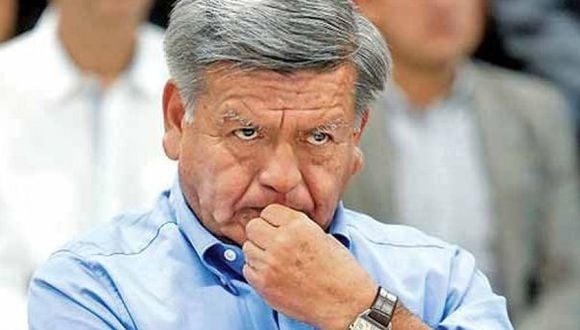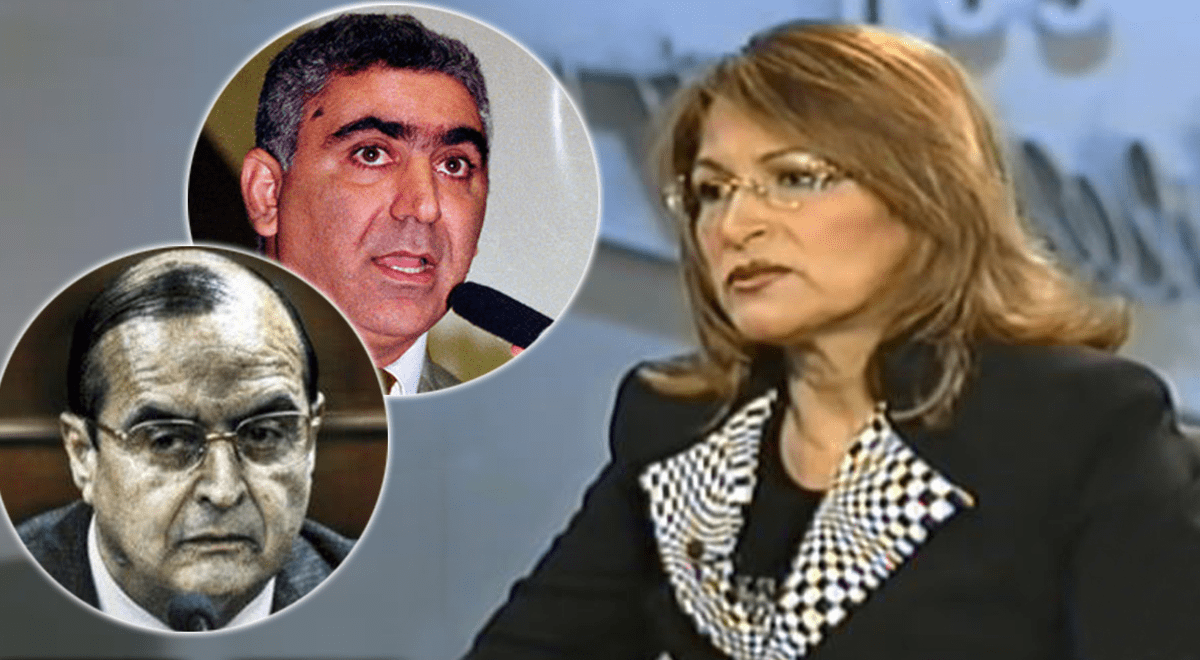
Back in Peru, Congress votes narrowly to torpedo a referendum on Fujimori’s attempt on a third consecutive term as President, forbidden by the 1992 Constitution. Fujimori senior visits his children Keiko and Kenji in Boston, where they are studying. It leads to the Maranga complex – it is the same canal we saw inside – and now we are tracing it back from one group of pyramid mounds to the next.”Īnd through the gaps in the concrete slabs I can see a dark hollow below, and hear the rushing water flowing through. This is the route of one of the original thousand year old irrigation canals. “We are walking over a covered waterway, that runs along the centre of the road. “You see these concrete paving slabs in the pathway? Every twenty metres there are loose slabs, with iron clasps to lift them,” says Mayra. We walk beside the University wall for a few hundred metres to the traffic lights, then turn right, and we are walking down the green central area of a dual carriageway. The high adobe mound behind the white building on the left is the Huaca Tres Palos. Any sign of the road outside the University walls has disappeared.” A view along the Ychsma-Inca road as it crosses the Catholica campus. For years the road split the campus, and students crossed over it by a wooden bridge.

“The University acquired the land in 1944, when all around was farmland. “This road links the pyramids and huacas of Maranga, at the Zoo, with another complex of five flat topped mounds just a few kilometres away at Huaca Mateo Salado,” explains Mayra, “so although its construction appears Inca, they probably refurbished an earlier Ychsma road between neighbouring settlements.” It stands a metre or two above the campus, and the walls in places are more than three metres high. It has a smooth sandy surface and high walls made of tapia adobe, large square blocks pressed in moulds in the Inca style. Peeking through the railings of the University we can see the road, six metres wide.

After a brief respite we reach the far side. We manage to cross to the central cycle lane, despite the cars that see us and accelerate, pounding on their horns, desperate to dominate. “And over there, “she points across the road, “is one of the best preserved ancient roads in Lima.” “Just over that wall,” she points to the left, “is the front of the Huaca Tres Palos, where you saw the ramp that lead to the top of the mound. “You can see a thousand years of history in a walk through modern day Lima.” Mayra explains, as we walk besides the dual carriageway that separates the zoo from the Catolica University.


 0 kommentar(er)
0 kommentar(er)
